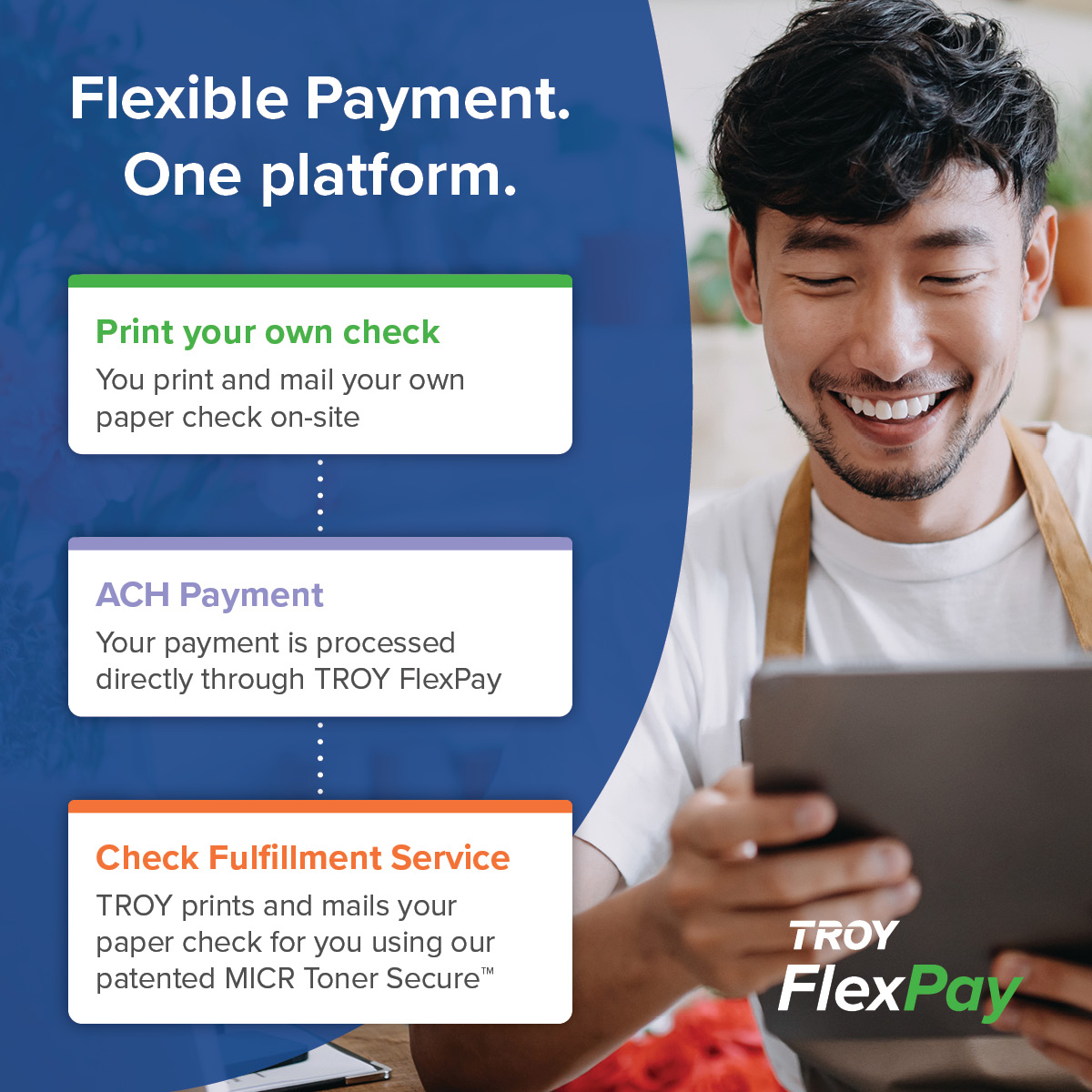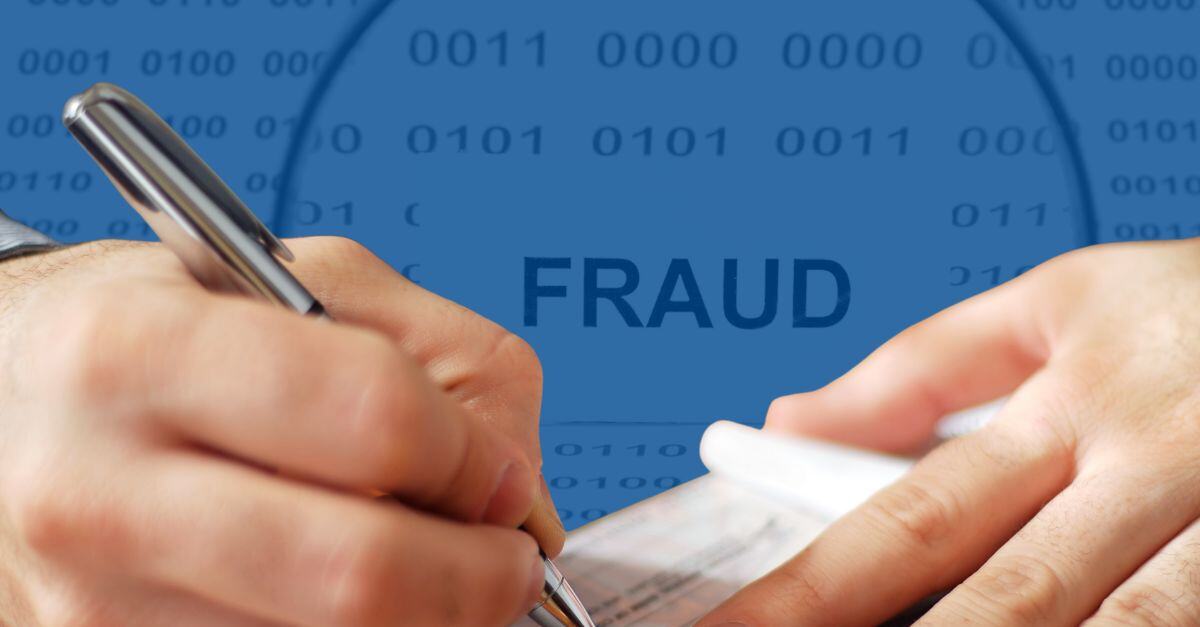ACH and Check Payment Fraud: 5 Ways to Prevent and Reduce Risks

Here are some surprising statistics on checks. According to global data, the average person in the United States receives and sends 30 checks annually.
. This is almost twice more than the second nation on the list, France, which is 16 checks per person. Unsurprisingly the use of checks in the US by both businesses and individuals means it experiences a higher susceptibility to fraud compared to other nations. Aside from checks, other payment options such as electronic transfers and ACH, are also susceptible to fraud. This post will discuss:
- The risks associated with electronic and check payments
- Tips on how businesses can secure transactions or payments from fraud
- Tips on how individuals can reduce the risks associated with checks.
What are ACH and Check Payments?

ACH stands for "Automated Clearing House," and it's a network in the United States for electronic financial transactions, like direct deposits and electronic bill payments. It allows funds to be transferred between financial institutions efficiently and securely.
Everyone is probably familiar with what a check is and its payment process. The general concept is writing a transferable amount on paper checks and it is cashed out by the recipient in a bank or financial institution. While physical checks are common knowledge, e-checks are not as popular. E-checks refer to digital checks of your physical checks that can be paid out or collected online without having to visit a physical bank. Hence, the process of securing e-checks and physical checks differ in a few ways which will also be highlighted in this post.
The Risks Associated with Electronic Transfers and Checks
August was shark week and we provided comprehensive documentation of the risks associated with the check payment process. Just like sharks lurking in murky waters, the use of unsecured check stock, non-MICR printers, non-MICR toners, and unsecured firmware provide loopholes for criminals to exploit. During August's 'shark week,' we provided comprehensive documentation of the risks associated with the check payment process. For electronic transfers, the risks businesses and individuals face include:
- Exploiting confidential information – For individuals, information such as your date of birth, credit or debit card details, and social security number provide a window into your finances. Criminals that capture this information can choose to assume your identity and access funds within your bank accounts. Sadly, once an electronic transfer is initiated and fulfilled or the money is withdrawn, the ability to recall the stolen funds is reduced. For businesses, more sophisticated processes are used to access banking information and the required user authorization for criminals to circumvent electronic transfers. To gather this information, phishing attacks and other business email compromise tactics are used. Once the needed information is attained, the fraudster can initiate transfers at will.
- Hijacking ACH transactions – A process known as Authorized Push Payments (APP) is commonly used to trick unsuspecting businesses and individuals into making ACH transactions. The good old identity theft process is also used to hijack ACH transfers alongside the diversion of funds from on intended recipient to another. Other internal fraudulent processes such as ACH kitting, moving funds across diverse accounts, and ACH lapping, multiple transfers to confuse auditors, are used to exploit the ACH payment process.
5 Ways to Reduce the Risks Associated with ACH and Check Payments
- Utilize Enterprise Management Systems – Enterprise payment solutions provide businesses with diverse features to protect their payment options. For example, check printing software provides templates, multiple user-authentication logins, check tracking tools, and a secure printing pipeline to ensure every process associated with printing checks is protected. Other enterprise systems also provide pipelines for tracking customer behavior patterns, reconciling invoices, and transfer activity to flag errant transactions. The use of enterprise management systems or software secures electronic transfers including ACH and printed checks. TROY AssurePay is an example of a turnkey check printing software with built-in security features to secure the printing process.
- Leverage TROY Secure MICR Technology – TROY MICR printers and toners are fraud-resistant solutions for printing checks. When TROY MICR Secure Toner is used, tampering with the content in checks leads to the release of a dye that damages the check. TROY MICR printers are also equipped with features such as tray locks and user authentication logins, to reduce internal fraud.
- Secure Financial Data and Check Stock – Fraudsters search for loopholes to exploit. Unsecured preprinted check stock provides opportunities for criminals to steal personal & bank account information or to create fraudulent checks that look original. Hence, securing your check stock protects your organization against internal and external criminal activity. Securing financial data starts with separating the tools used for leisure from those used for office work. Creating dedicated workstations and providing staff with office-specific laptops, phones, or tablets provide a level of security for your financial data. For individuals, securing sensitive personal information from the public will help reduce criminal attempts to hijack your identity.
- Update Your Login Processes – Today, multi-factor authentication is highly recommended as a means to protect digital items with sensitive information. Here, items refer to your phones, laptops, work software, emails, and other data storage solutions. Using generic passwords such as your birthday no longer cuts it. Businesses and individuals are advised to embrace multi-factor authentication and encryption to secure sensitive information and payment processes.
- Educate Employees – Phishing attacks still remain the most popular method fraudsters utilize to steal information from businesses and individuals. Hence, it is important to continuously teach employees about the best practices associated with receiving and sending mail. Businesses may also choose to restrict the URLs that employees can visit to reduce the risk of downloading harmful ransomware or viruses from vulnerable websites.
Protect Your Payments with TROY Group Solutions

TROY Group provides businesses and individuals or entrepreneurs with MICR printing solutions built to meet your specific requirements. These solutions include printers for large-scale check printing and mobile printers to ensure printing versatility. Contact us to learn more.
Related Posts

MICR Toner Secure: Prevent Check Fraud with 1 Step
Fraud is making a comeback. When it comes to electronic payments using fintech platforms such as Zelle or CashApp, the United States is seeing surge, and the follow through with..

5 Reasons You Need to Upgrade Your Legacy Printer
Have you taken a look at your company or department printer lately? Or are printers something you may not even think about?

Your Production Printer MICR is Being Discontinued: What Now?
Production printing isn't a new technology. Print shops, state governments, and other entities need large production end printers to fulfill needs for constituents, in the context..



Leave a Reply